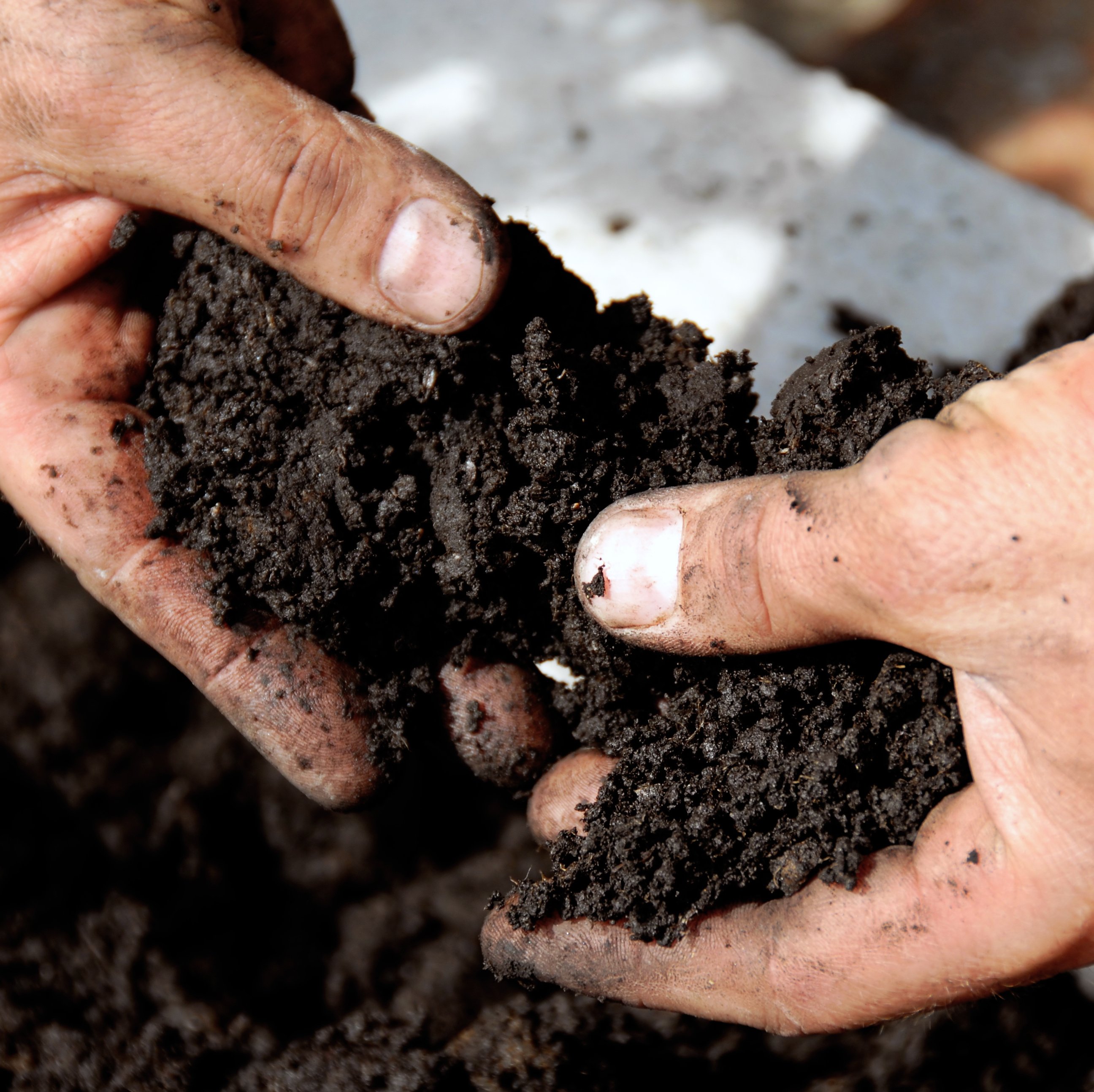Unearthing the Mystery of "Soil Health"
July 24th, 2018
Lately, it seems like everyone’s talking about soil health. From social media campaigns like the USDA Natural Resource Conservation Service (NRCS) “No-Till November” last fall encouraging cover crops to provisions on soil health in the Senate's Farm Bill, the term is cropping up everywhere.
But groups have only recently started breaking down what it actually means.
The Soil Health Institute published a tiered list of indicators that can be used to measure soil health. These include:
- Levels of nutrients including nitrogen, carbon, phosphorus and potassium
- pH
- Available water holding capacity
- Erosion rating
- Bulk density
With quantifiable measurements, this term can move from a trending social media hashtag to a scientific indicator of successful farming.
At Concentric, we’ve always been interested in understanding how our products contribute to soil health.
Rigorous testing and research of the microbes in IN-M1 (SYNERGRO®, GARDEN SOLUTION®) indicate numerous beneficial properties when it comes to soil health:
- Lactobacilli remove byproducts that build up and create a harmful environment
- Lactobacilli break down complex matter into compounds more immediately beneficial to the plant
- A number of the microbes that go into the final product solubilize phosphorus
Independent field trials show that IN-M1 also creates a healthy environment by improving nitrogen and calcium uptake. Learn more about IN-M1 (GARDEN SOLUTION®, SYNERGRO®).
To show our support for continued research on the subject, we’ve sponsored the Cal Poly Center for Sustainability’s Soil Health Dimensions educational series, which is making soil biology information available in order to “increase agricultural productivity, save money and reduce environmental impacts.”
It’s a complex issue, but we feel soil health is something well worth digging into.


